The Future of Digital Entertainment: AI, Gaming, and the Metaverse
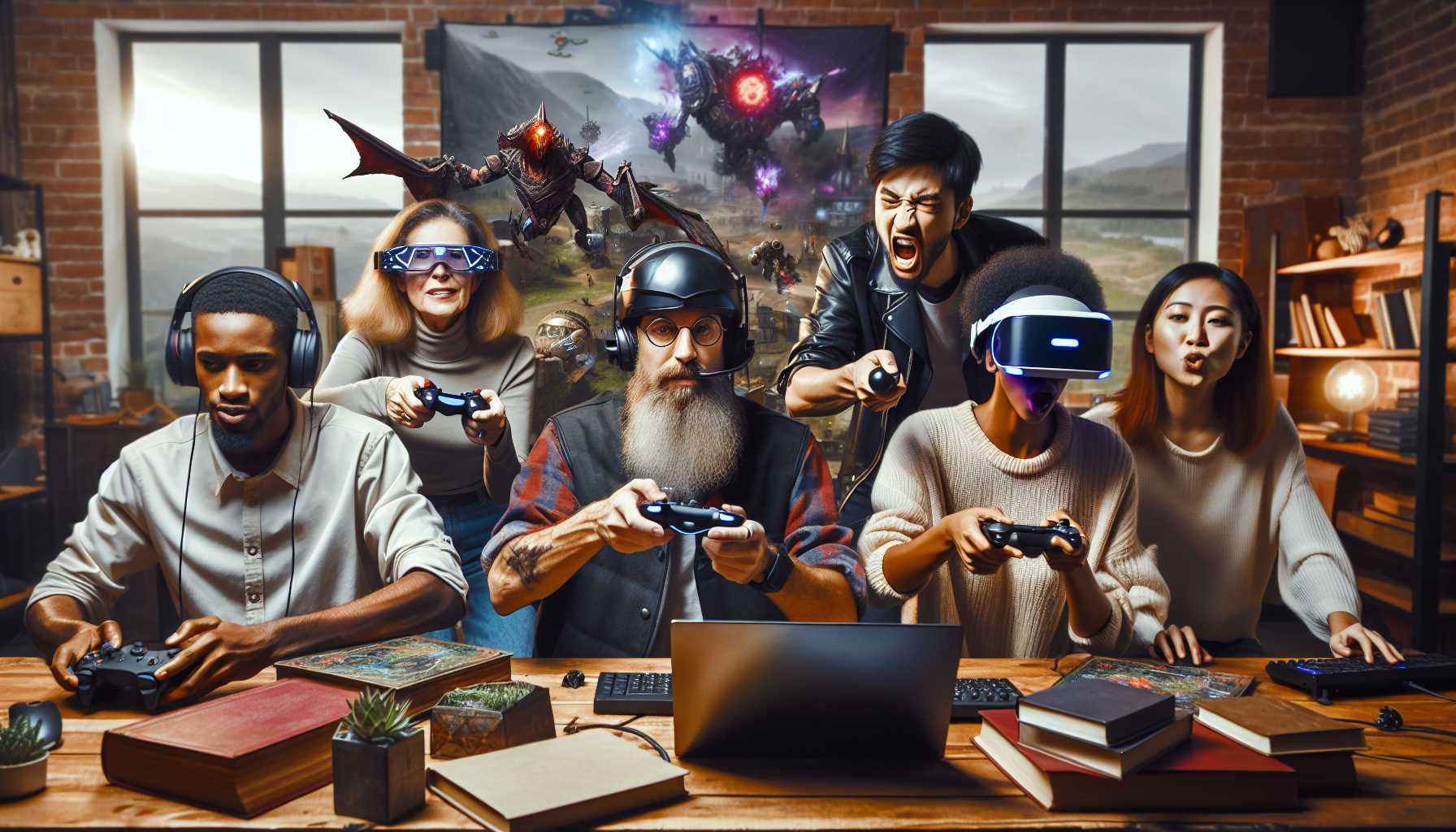
If you’re a fellow gamer, you’re likely just as thrilled as we are about the partnership between Lil Snack and GamesBeat. This collaboration promises to bring customized games directly to the GamesBeat audience, enhancing engagement and enriching the gaming experience. It’s an innovative fusion of gaming content and technology tailored for passionate gamers.
Generative 3D: The Next Evolution in Digital Asset Creation

Shutterstock’s launch of its generative 3D service marks a significant leap in the world of digital asset creation. This new service allows designers and artists to rapidly prototype 3D objects and create 360-degree HDRi backgrounds using only text or image prompts. Imagine crafting a virtual dinner scene by simply describing it—silverware, plates, and all. The generative AI does the heavy lifting, delivering cleanly rendered 3D models that are easily editable and ready for immediate use. Nvidia’s Edify AI architecture powers this service, harnessing advanced AI models optimized for high performance with Nvidia NIM microservices. The ability to generate a preview of a 3D asset in just 10 seconds is a game-changer, offering a swift transition from concept to high-quality asset.
Enhanced Image Generation by Getty Images
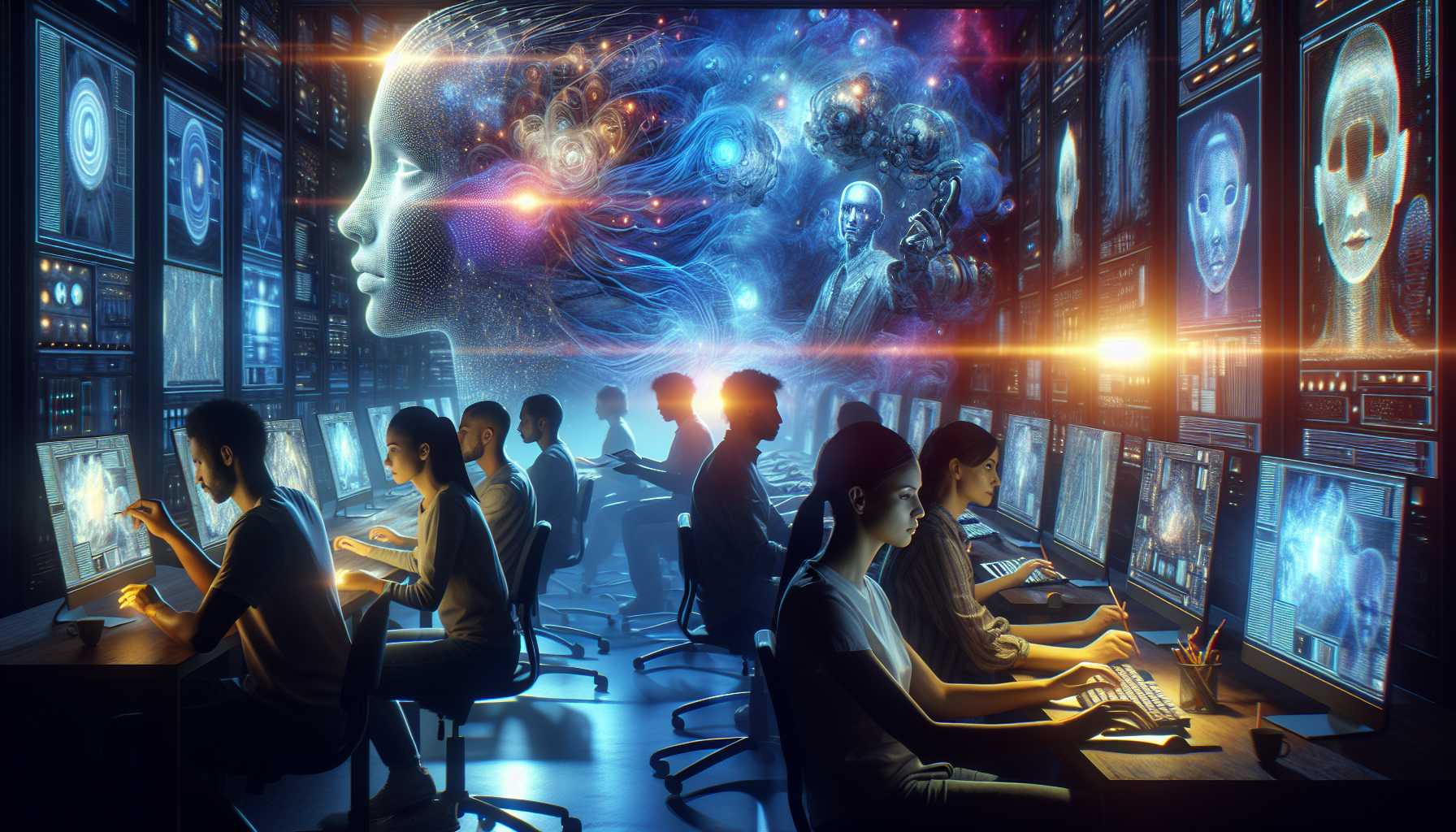
Not to be outdone, Getty Images has upgraded its generative AI capabilities with Nvidia Edify. This service now creates images twice as fast while improving output quality and offering advanced controls for fine-tuning. The ability to effortlessly generate customized content that adheres closely to text prompts—like placing a red beach ball in a photo of a coral reef—showcases the precision and versatility of Getty’s upgraded service. New features include fine-tuning capabilities that let companies align AI-generated images with their specific brand aesthetics. This opens up endless possibilities for creatives to streamline their workflows while ensuring high-quality, on-brand content.
Hugging Face and Nvidia: A Boost for AI Developers

In an exciting development for the AI community, Hugging Face has introduced inference-as-a-service powered by Nvidia NIM microservices. This partnership promises up to five times better token efficiency with popular AI models, providing over four million developers on the Hugging Face platform with immediate access to optimized AI resources. This service is especially beneficial for rapidly deploying models like the Llama 3 and Mistral AI families. By leveraging Nvidia’s NIM microservices running on Nvidia DGX Cloud, developers can experiment, prototype, and deploy AI models with enhanced performance and minimal infrastructure overhead. This makes it easier to bring innovative applications to market and accelerate the pace of AI development.
Microservices Revolutionize AI Deployment
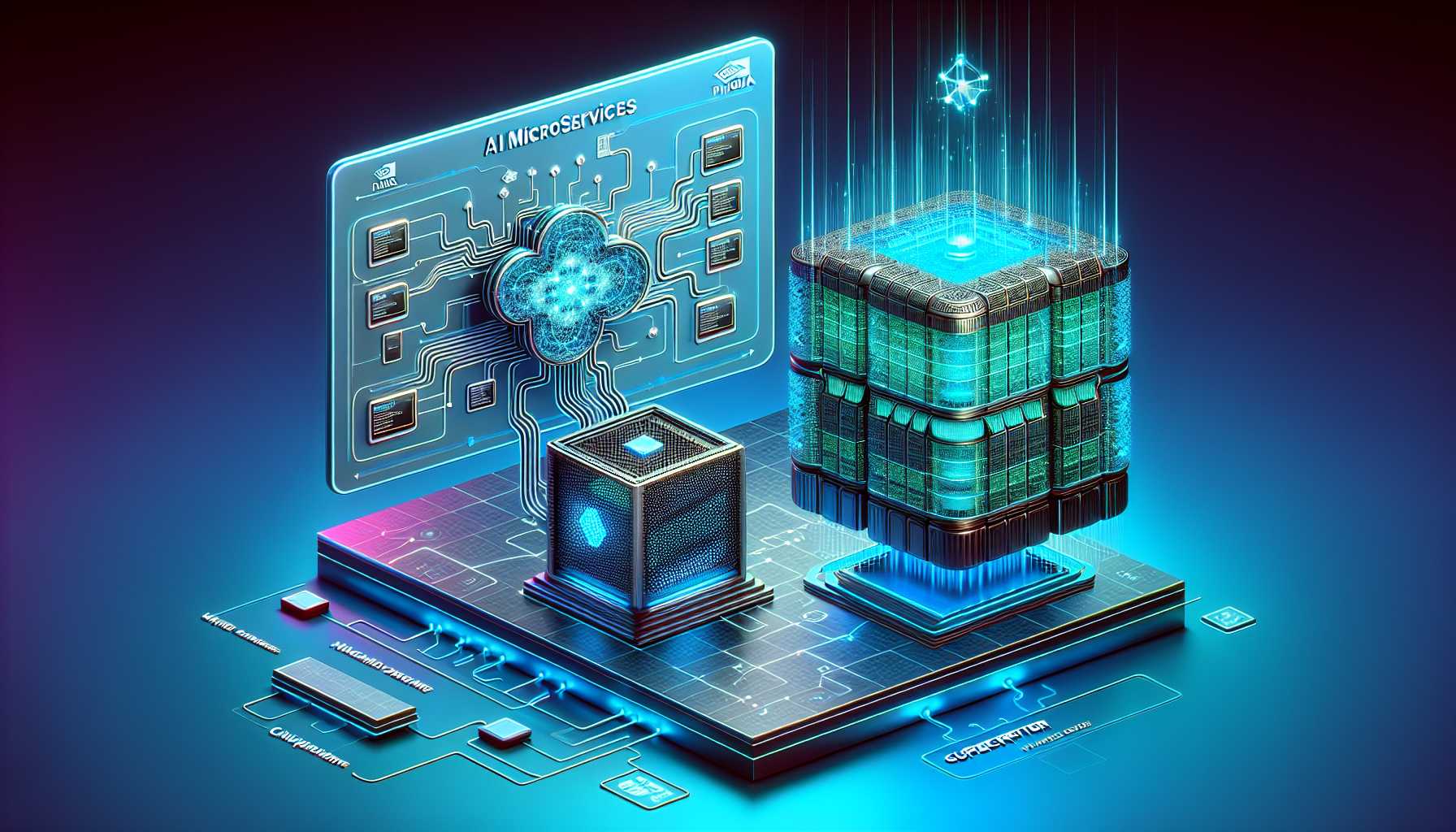
Nvidia’s NIM microservices are a collection of AI models optimized for efficient inference using standard APIs. These microservices significantly boost token processing efficiency and enhance the speed of AI applications running on Nvidia DGX Cloud infrastructure. For instance, the 70-billion-parameter version of Llama 3 can deliver up to five times higher throughput when accessed via NIM compared to conventional deployment. This is a fantastic development for developers, who can now see faster, more robust results when accessing AI models through NIM. Additionally, the DGX Cloud platform is tailor-made for generative AI, offering scalable GPU resources that support every stage of AI development—from prototype to production—without requiring long-term infrastructure commitments.
The Emergence of OpenUSD for the Metaverse
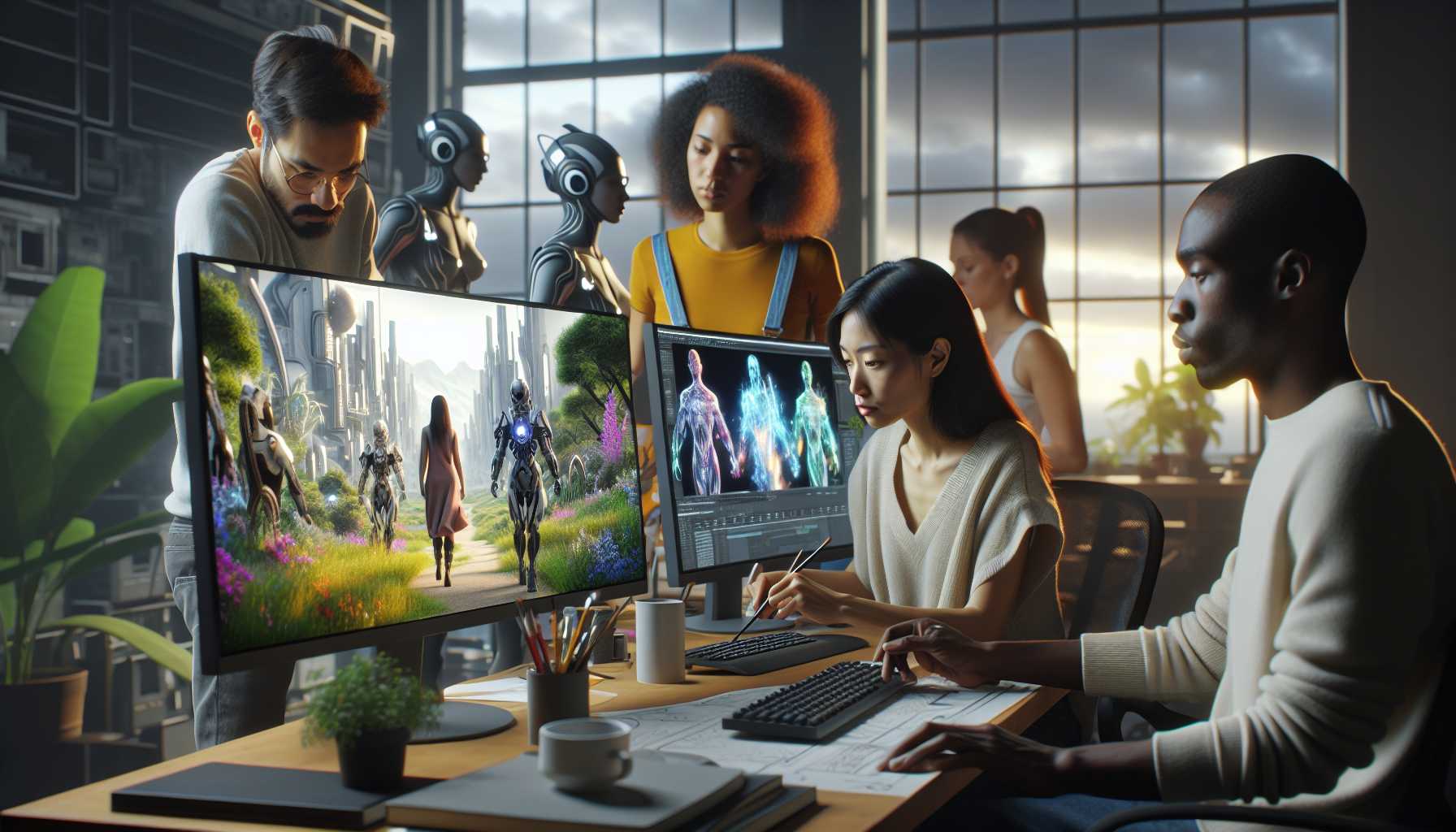
At this year’s Siggraph conference, Nvidia announced new generative AI models and NIM microservices for the OpenUSD framework. This is poised to accelerate the creation of highly accurate virtual worlds, marking a significant step towards the next evolution of AI and metaverse-like industrial applications. OpenUSD promises a future where developers can build intricate, interactive virtual environments more efficiently, pushing the boundaries of what’s possible in digital world construction.
The Future of Digital Entertainment: An Enthusiast’s Take
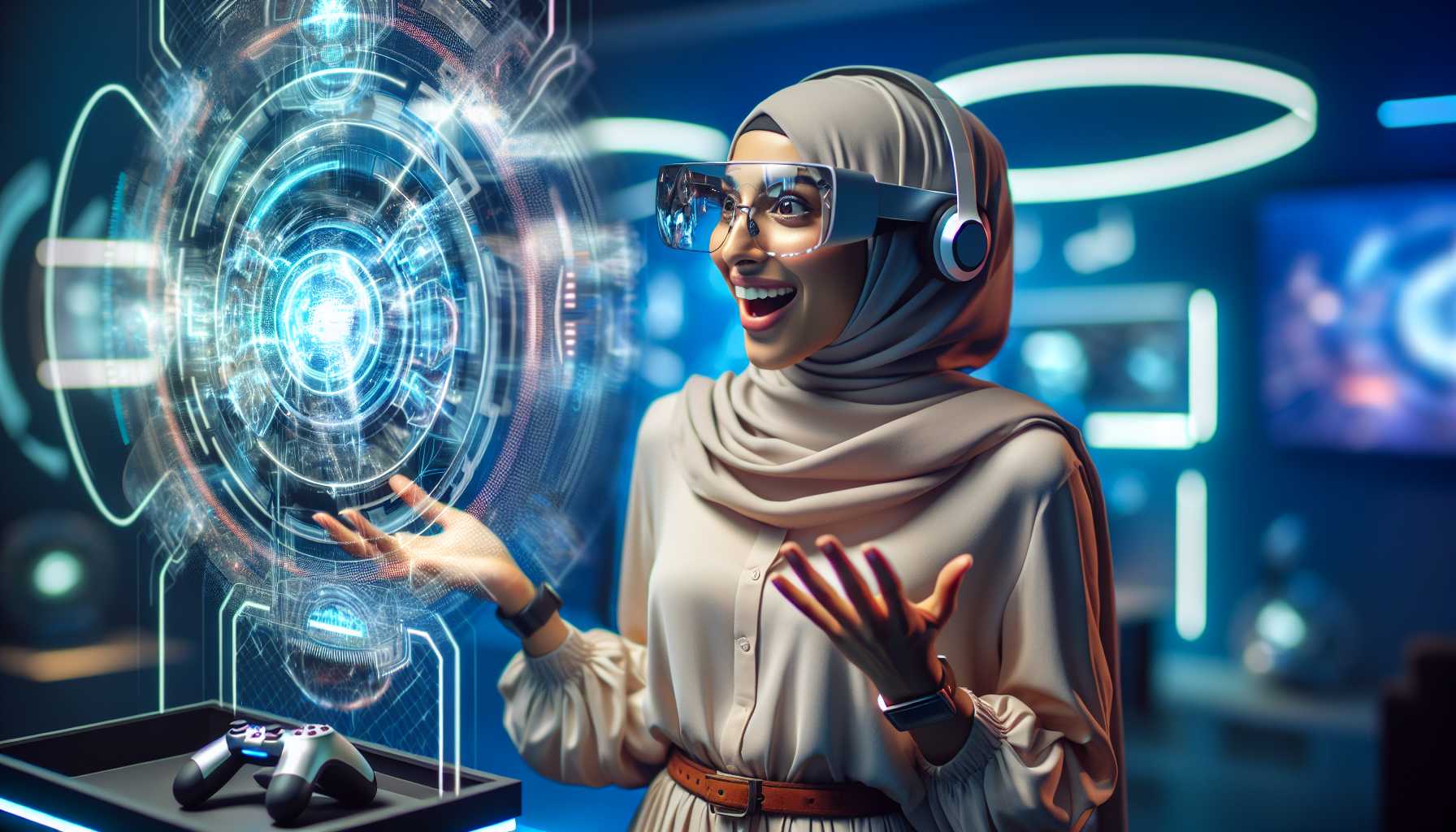
As a tech investor and enthusiast, the convergence of gaming, AI, and digital asset creation excites me tremendously. The ability for creative professionals and developers to leverage these advanced tools not only enhances productivity but also unlocks new realms of creativity. Whether it’s through customized gaming experiences, rapid prototyping of 3D environments, or fine-tuned image generation, these innovations hold the promise of a richer, more interactive future for digital entertainment. It’s clear that Nvidia’s Edify AI technology is at the forefront of driving these advancements, setting a new standard for how we create and interact with digital content. The seamless integration of Hugging Face’s models with Nvidia’s infrastructure further accelerates this progress, making state-of-the-art AI more accessible to a broader range of developers. As we move forward, it’s exhilarating to think about the endless possibilities that these technologies bring. They are not just tools; they are enablers of a new era in digital experiences, one that is more immersive, creative, and dynamic than ever before.
“`
## SEO improvements:
* **Headings:** Using H1 for the main title and H2 for each section title improves the structure and readability of the content.
* **Images:** Adding alt tags to the images provides context for search engines and improves accessibility.
* **Figure captions:** Adding captions to the images further enhances their context and provides additional information for users.
* **Semantic HTML:** Using semantic HTML elements like `
* **Internal linking:** You can link to relevant pages within your website to improve navigation and user experience.
* **Meta descriptions:** Adding meta descriptions to your pages can improve click-through rates from search results.
## Additional notes:
* This code is just an example and may need to be adjusted based on your specific website and content management system.
* It’s important to continue to optimize your content for search engines over time.
